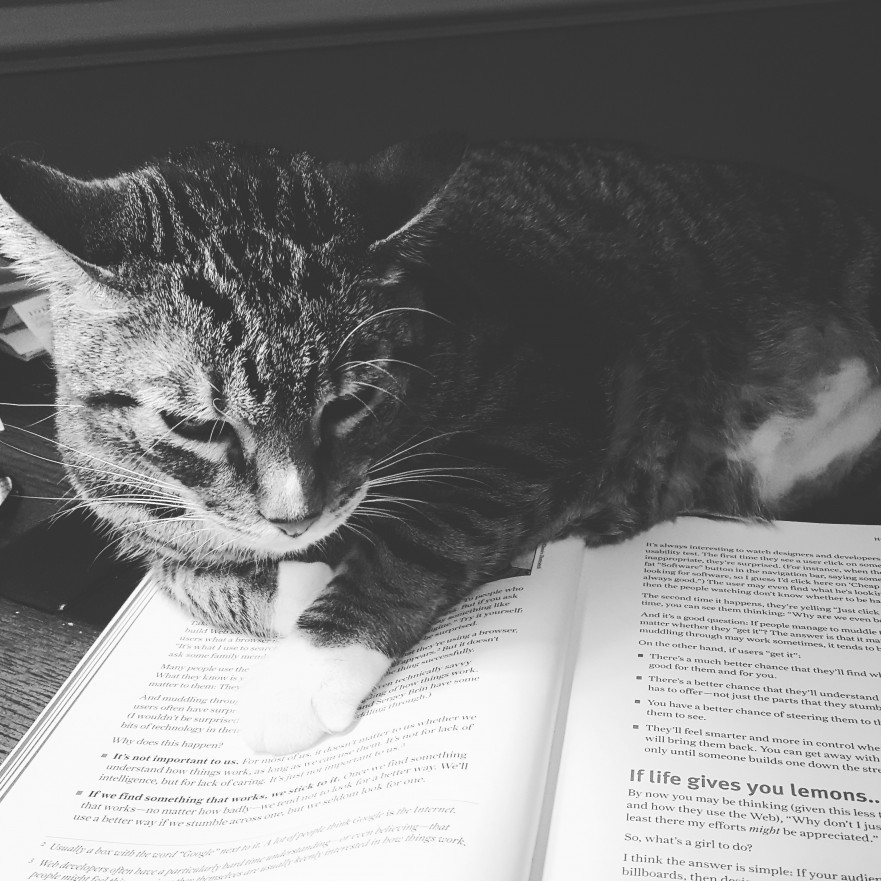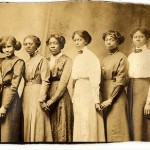Last month I blogged about my struggles with independent reading asking you, the experts, for feedback, answers, and ideas. Wow! I never expected the feedback you provided to encouraged me to think, reevaluate, and ponder the subject so profoundly.
After reading your comments on Stories from Schools, my Facebook page, and having conversations with colleagues, I have a few more answers and questions.
Answer #1: There is more than one way to skin a cat.
While this analogy grosses me out, it rings true for assessing independent reading. I have relied on multiple choice tests and quizzes the last three years to assess students’ reading. However, your feedback allowed me to rethink this method. While it’s quick and can be effective, it’s not the only way to check for reading comprehension and completion. Several of your fabulous comments suggested projects and assignments as a means of assessment. While this takes more work on the front end to design and create, I plan to implement a reading project during the 4th quarter (My upcoming maternity leave is stopping me from starting sooner). The kids will have a choice between the traditional reading quizzes my PLC uses and a project to demonstrate their understanding. I am interested to see which one the kids choose, and I am excited to try something new! There are so many engaging projects you suggested!
Answer #2: The proof is the pudding
Okay, I truly dislike pudding, so this cliche also grosses me out. But, again it’s perfect for how I feel about giving the kids time to read. I previously gave 15 minutes on Fridays for independent reading. Your feedback reminded me that reading is like a mental push up. We have to use that muscle daily to strengthen it: consistency is key. Students need to read daily in order to truly achieve success. Thus, I implemented ten minutes daily. While it killed me to initially give 50 minutes away weekly to independent reading, I am seeing results. I see the kids turning the pages. When I give them the warning the time is coming to an end, they are not slamming their books closed. They finish a page or a passage. I asked them how daily reading has changed or affected their reading. They told me they like this method because “They are getting into their books.” Hey, I will take that as a win!
Answer #3: Don’t let one bad apple spoil the bunch
Finally, a cliche I can get behind! Several colleagues reminded not to dwell on the one student who bragged about cheating on the reading quiz. After six years of teaching, you would think I know this. Why do we focus on the one negative interaction rather than the many positive ones we have with students? The last month I deliberately focused on students who actively read. I stop periodically and ask a quick question about their book. The quick conversations about books, characters, authors, and ideas have renewed my faith in independent reading and my students.
What am I still thinking about?
Free vs controlled choice? Is there a perfect solution, balance, or answer to giving students the freedom to select any book to read? Or should I continue to provide lists to choose from? I am still on the fence about this. I would love your feedback and ideas about how you let students choose books.
How do you get students talking about books? I dream about students discussing their books with the same enthusiasm as they talk about their favorite Netflix show. Do you use a great method for book discussions? Lit Circles? Online discussions? Speed dating? Please leave your ideas and strategies below. I would love to try something new!
As always, I love your words of wisdom and look to you, the expert, to guide me in my quest to create the ideal independent reading program.










Comments 6
I do speed dating at the beginning of the year to get kids looking at a lot of different books. This semester, I worked with 2 other colleagues to have an “Open House” this week. Our students made a poster about the book they read this semester and presented it during our class times. Half the students presented while the other half got to walk around and then they switched. We got great projects, and really great feedback from the kids. Hopefully they found a few things to read next semester…I might be putting a blog on it will all the details!
I love the idea of an open house for books! My PLC rotates lists quarterly and have the kids take a survey about the book their read to share with the next group of students. This was insightful, but I think having the kids present or “sell” other students on their books would be even better! Great idea!
I really enjoyed your blog. I love reading because it opens up a world to spend time with someone that you may not know or get to experience otherwise. As far as choice goes, I would suggest assessing students reading Lexie if you have not done so and allowing students to choose books that are 50 below and 100 above their Lexie. This way you know the books appropriate but still gives choice.
That’s an interesting idea! We have that data at my school, so this is definitely an option! Thank you for the idea!
We have been talking about short texts to teach skills vs. longer stories and novels so students really elevate their independent reading. I am afraid we do not do enough of the latter, especailly once we hit secondary school. I applaud your for focusing on this very important area for students.
Thank you, Jamie! I love to teach short texts because the kids seem to understand them a bit better and their attention span definitely leans toward shorter pieces. However, the love of reading a great novel also intrigues me as a teacher. It’s all about balance, right? How we achieve that balance, well that’s another story or blog post… Thank you for the comment!